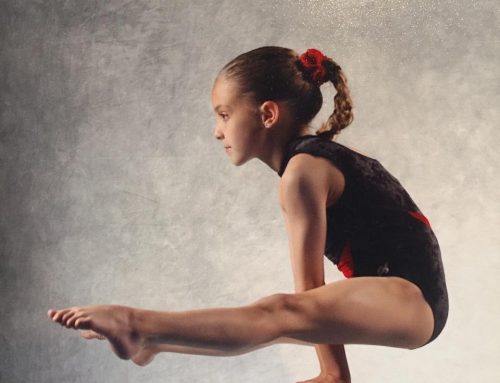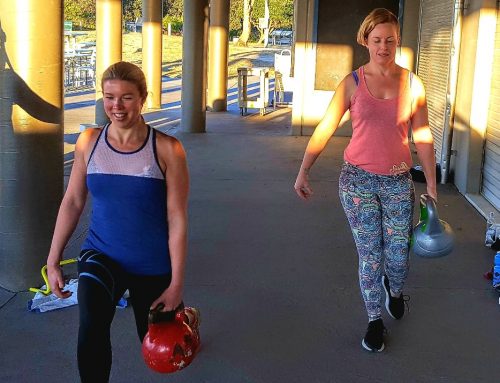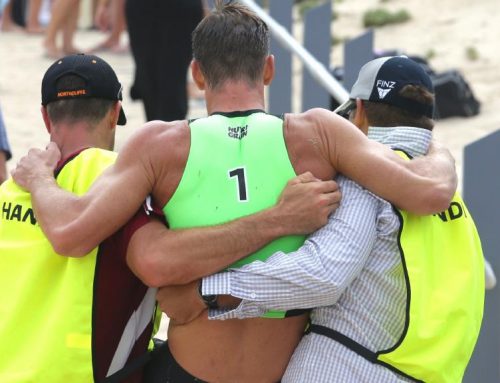Strength Training for Athletes
Iron Woman Champion Courtney Hancock and Elite Big Bas Cricketer Nick Buchanan training partners working hard and smart at USP Gymnasium!
Strength and Conditioning for an athletic outcome or performance has come a long way over the years but is still surrounded by a lot of misunderstanding.
Firstly, what does Strength and Conditioning actually involve, or at least what should it involve.

An athlete’s primary goal for doing S&C work isn’t to get stronger, its to perform at their sport better. Now getting stronger will undoubtedly be a part of that, but there are many more ingredients that come into the mix. Developing not just strength but power and speed, improving agility and mobility, and perhaps most importantly of all, decreasing the risk of injury.
Let’s break these down over the next few days.
Strength
Strength for athletes needs to have the proper context. Strength can be produced at varying speeds. Someone sprinting is producing force at a high speed.
Someone doing a very heavy Squat is producing force at a low speed.
Depending on what sport the athlete is doing will determine what type of strength you want to target.
Most sports will require the athlete to produce force at higher velocities to be successful.
That said, it is important to know that the two types of strength are not separate entities but are closely related.
Improving an athlete’s Slow speed strength will help improve their Fast speed strength.
It’s what you will often hear referred to as:
Developing a strength base.
For example, developing a stronger squat can improve your vertical jump or sprinting ability.
A stronger chin up can give a swimmer more force to pull through the water.
So is stronger better?
Only to a point. If absolute strength was everything, the fastest people would be powerlifters or Olympic weightlifters, clearly that’s not the case.
As an athlete’s strength base increases there will be a point of diminishing and even negative returns.
This is the point where the strength training needs to become more specific to the requirements of the sport. The focus stops becoming about just getting stronger but producing force at higher speeds specific to an athlete’s requirements. The type of strength training an athlete should be doing is then very dependent on the athletes “Training age” (How long they have been doing resistance training for) as well as other individual requirements.




